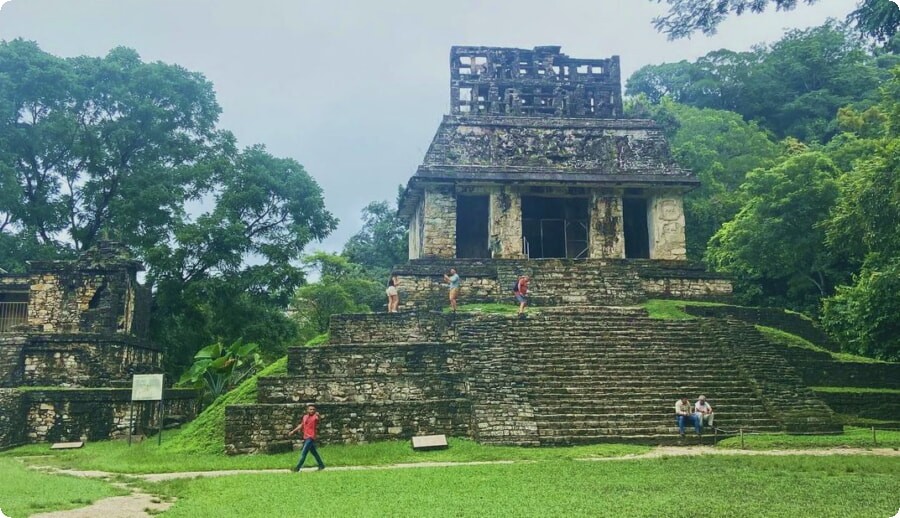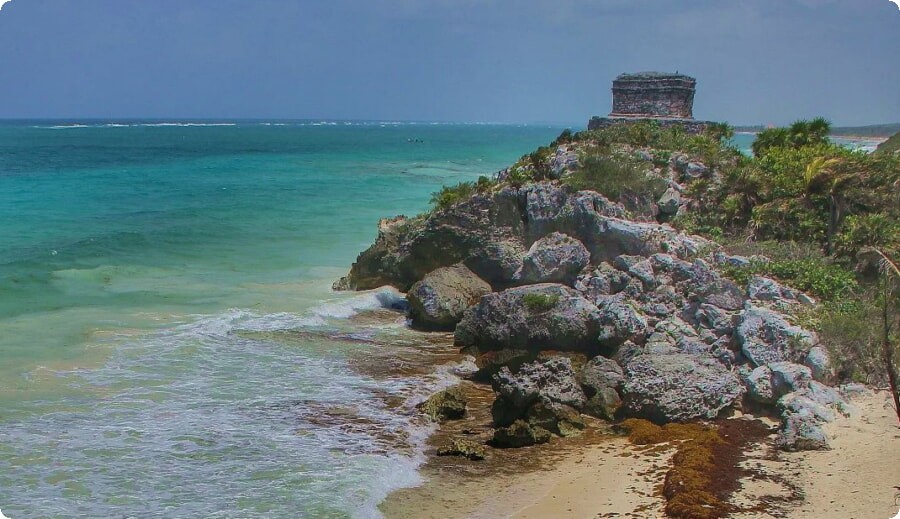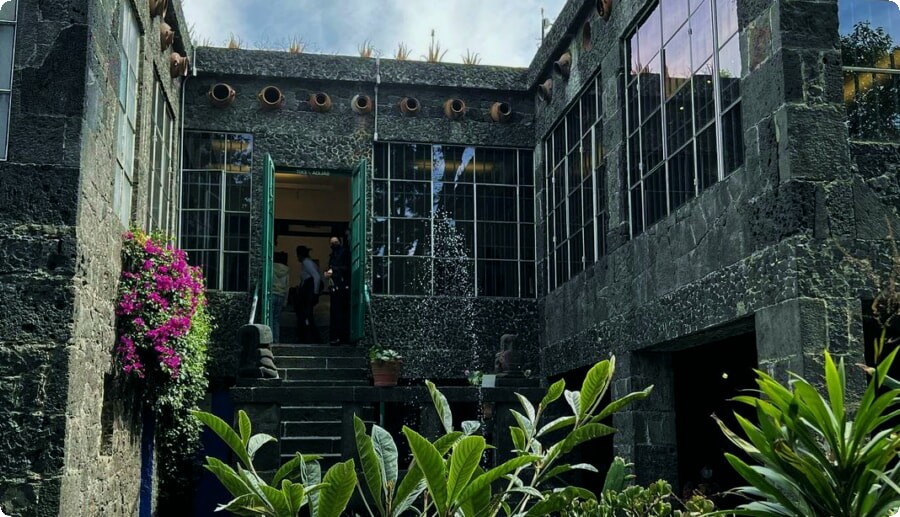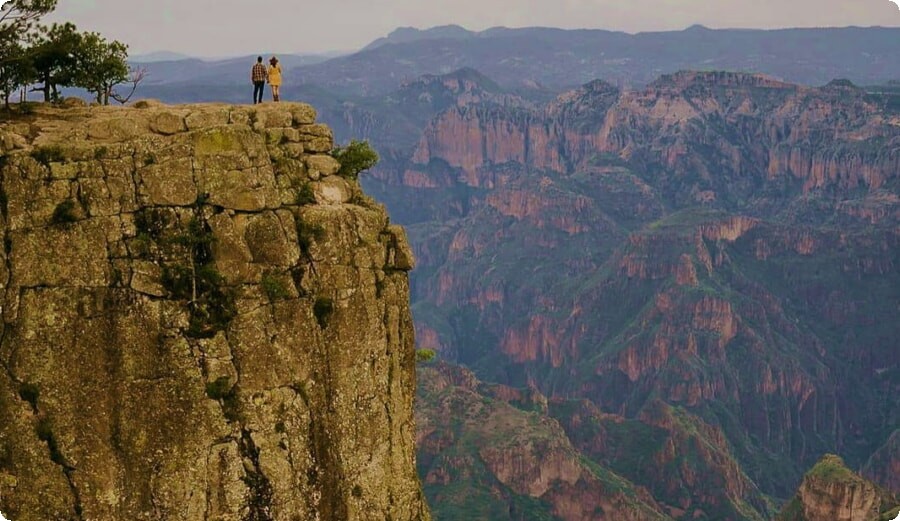10 Famous Landmarks in Mexico
Filled with ancient temples and pyramids, incredible artwork and natural wonders, Mexico has something for everyone.
Palenque
Deep in the Mexican jungle, surrounded by incredible wildlife, are the temples of Palenque. The most important part of Palenque is inside the tomb of Pacal the Great, in which it was hidden. Becoming ruler at the age of 12, Pacal ordered the restoration of most of Palenque. He demanded that events be recorded in detail, offering archaeologists an incredible glimpse of what life was like there.

El Tajin
El Tajin is an incredible series of Mesoamerican culture ruins located near Papantla in the northern jungle. El Tajin was home to about 20,000 people. Most of the city is in dense jungle surrounding the main attractions. They have been cleared for visitors to explore. The Pyramid of Nis is a well-preserved step pyramid filled with 365 square windows.

La Venta
One of the most unusual examples of ancient settlements is La Venta, an Olmec settlement. The main attraction of this place are 77 carved stone monuments, including four giant heads. There are strong ties to astronomy here, with many buildings based on star charts. The center of the site was crucial to the peoples' understanding of the celestial sciences. Many carvings, including 3 giant heads, face north.

Tulum
Unlike most ancient monuments in Mexico, the ruins of Tulum are the only ones located by the sea. Built as a seaport, Tulum was the gateway to the Maya empire for copper, cocoa beans and cotton trade. The main pyramid at Tulum is called El Castillo and was used as a lighthouse in ancient times due to the location of the windows on top of the tower. Visitors to Tulum can enjoy this unique seafront location with impressive views of the area in the company of local iguanas who call this place their home.

Underwater Museum of Art
Museo Subacuatio de Arte is the world's largest underwater museum. The statues here are made from marine cement, which allows coral and algae to grow on their surface. Each sculpture has been designed to support local marine life by creating small spaces where marine life can breed. The statues were erected to protect the Mesoamerican Reef, the second largest barrier reef in the world. The best way to visit the museum is to go scuba diving or snorkeling with a guide. However, glass bottom boat tours are also available.

Blue House
The Blue House is a museum dedicated to the artist Frida Kahlo. The museum was once the home where Frida was born and later died. The museum was dedicated to her life and work in 1958. The house houses some of Frida's most famous works of art. The house itself is a work of art with its bright blue walls, which earned the house the nickname La Casa Azul.

In the warm waters of San Ignacio Lagoon, boat tour visitors have the opportunity to swim alongside the gray whales that live and breed here. As part of the Visano Biosphere Reserve, the lagoon is located in the largest reserve in Latin America. While visiting the lagoon, you may have the opportunity to see not only gray whales, but also almost extinct horned antelope and various species of sea turtles.
La Lobera
Another unusual underground attraction is La Lobera, a huge sea cave on the coast of Mexico. There is a colony of sea lions in the opening of the cave. Visitors cannot enter La Lobera. However, you can see the sea lion colony from the safety ropes that protect the edges of the hole. After admiring this place, go to a local restaurant of traditional Mexican cuisine.

Years ago, an asteroid hit the ground at this exact spot in the Yucatan with such force that it is believed to have wiped out the dinosaurs. About half of the crater is below the Gulf of Mexico. From this cataclysmic event, many cenotes were opened, which were used for sacrificial ceremonies during Mayan times.

The best way to get the most out of Copper Canyon is to ride the railroad. Traveling through the canyon can take from 9 to 16 hours, depending on the route chosen. Watch local wildlife from your window.

Visitors are advised to schedule one or two stops during their journey through the canyon to see local villages and attractions.
